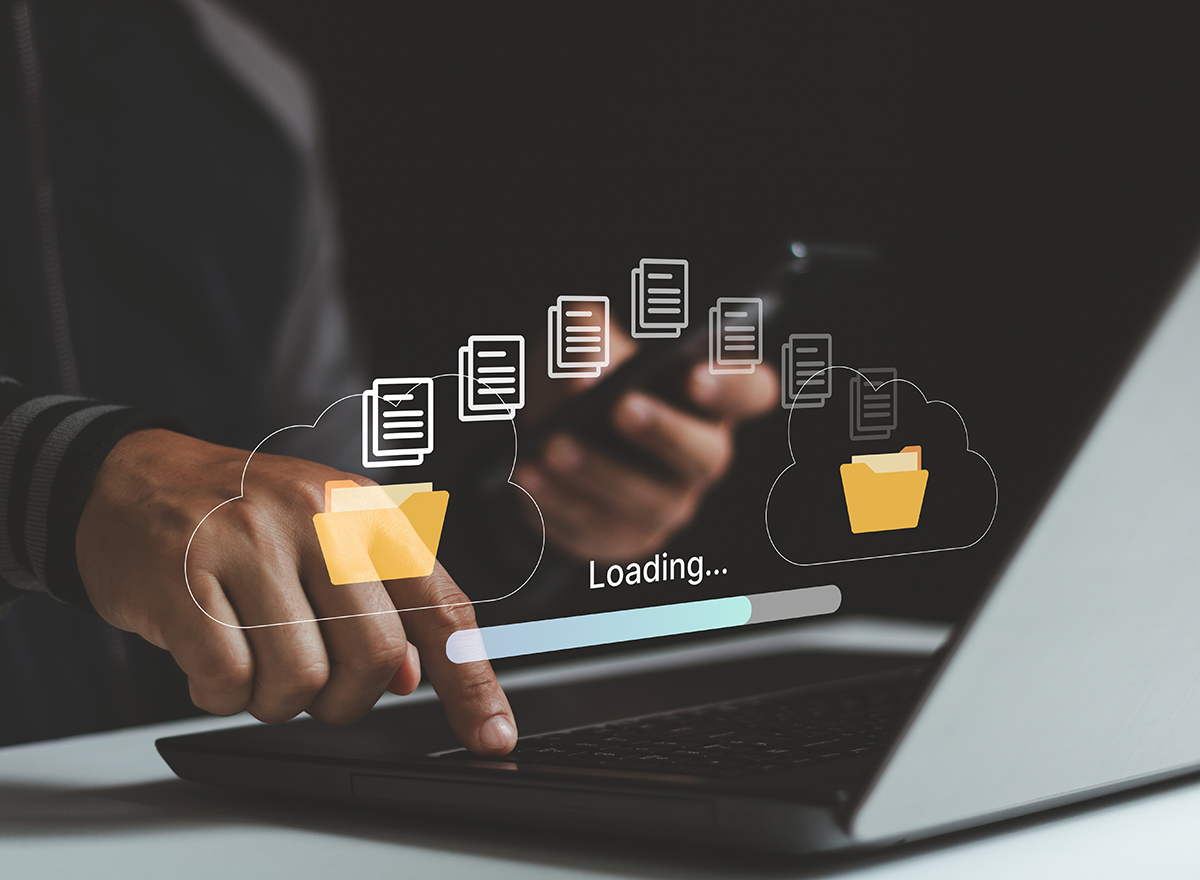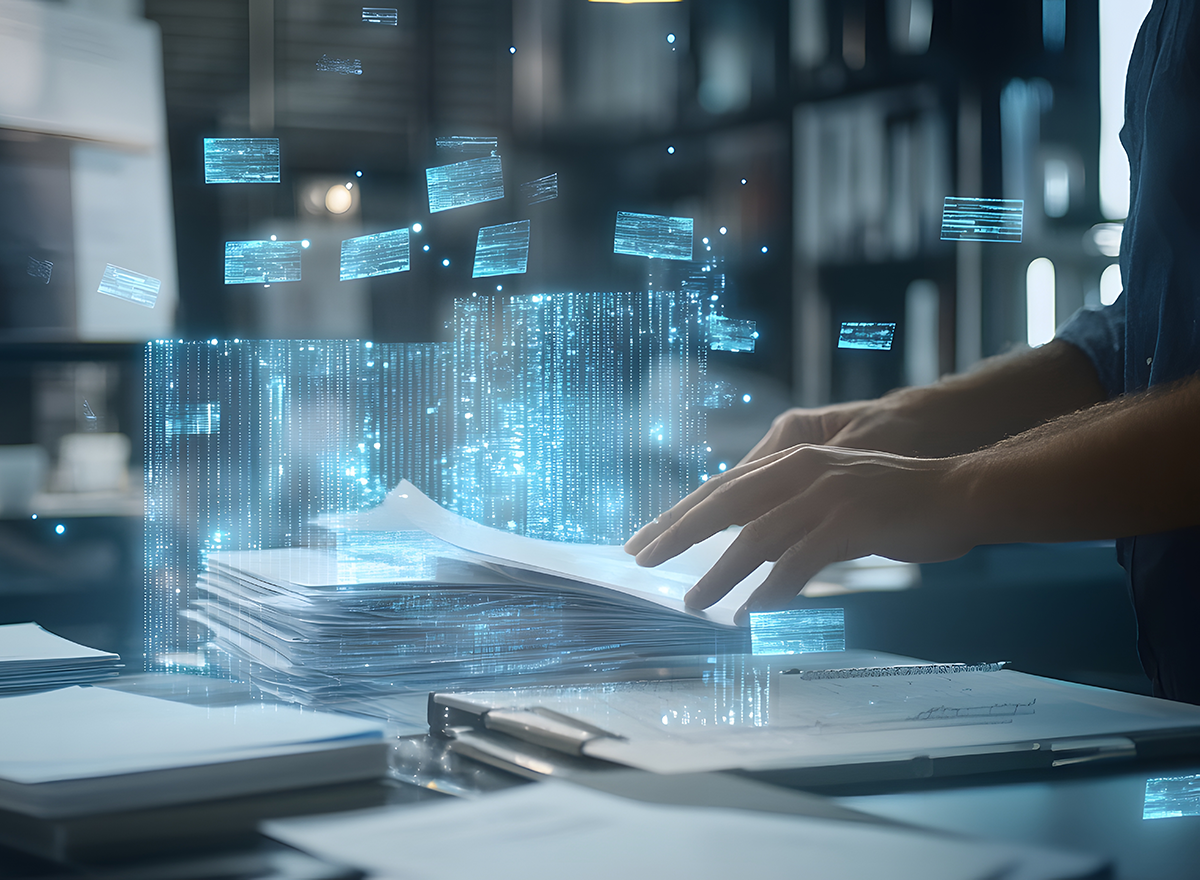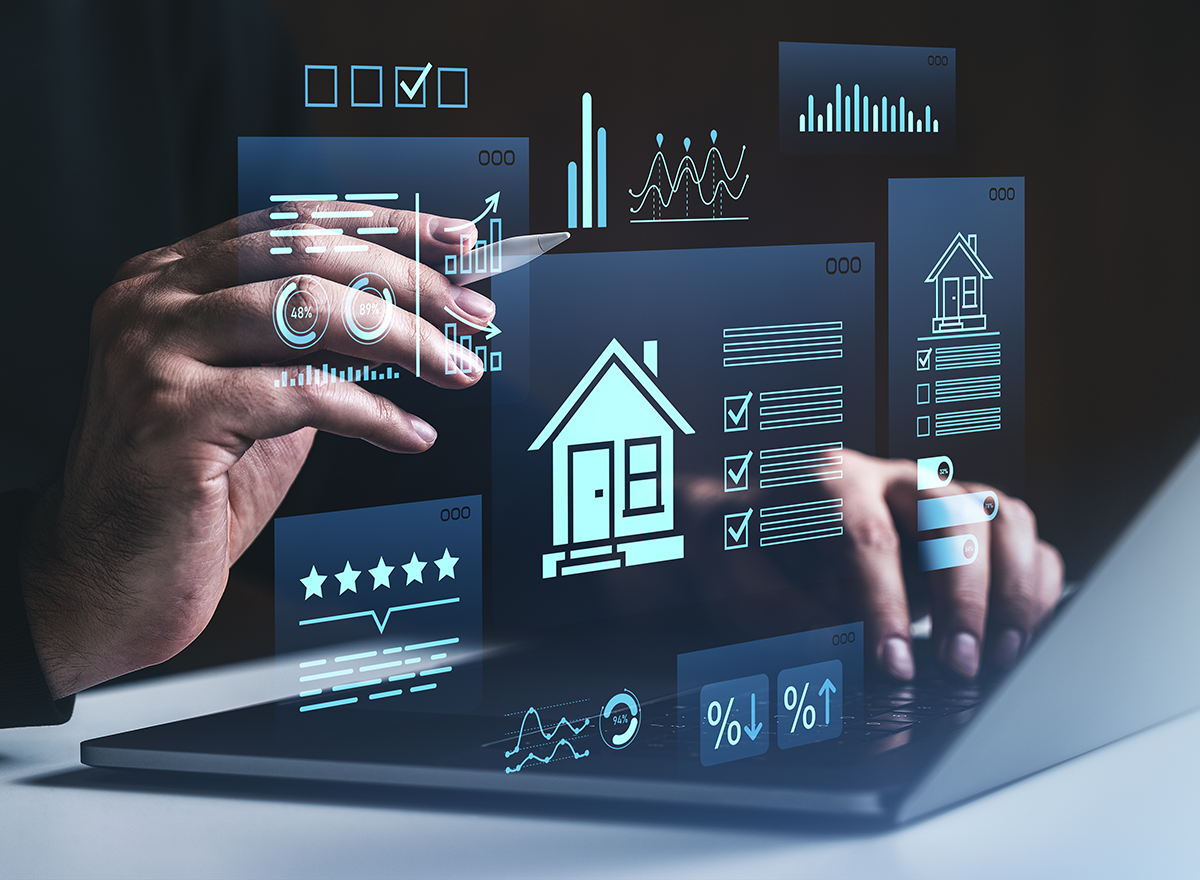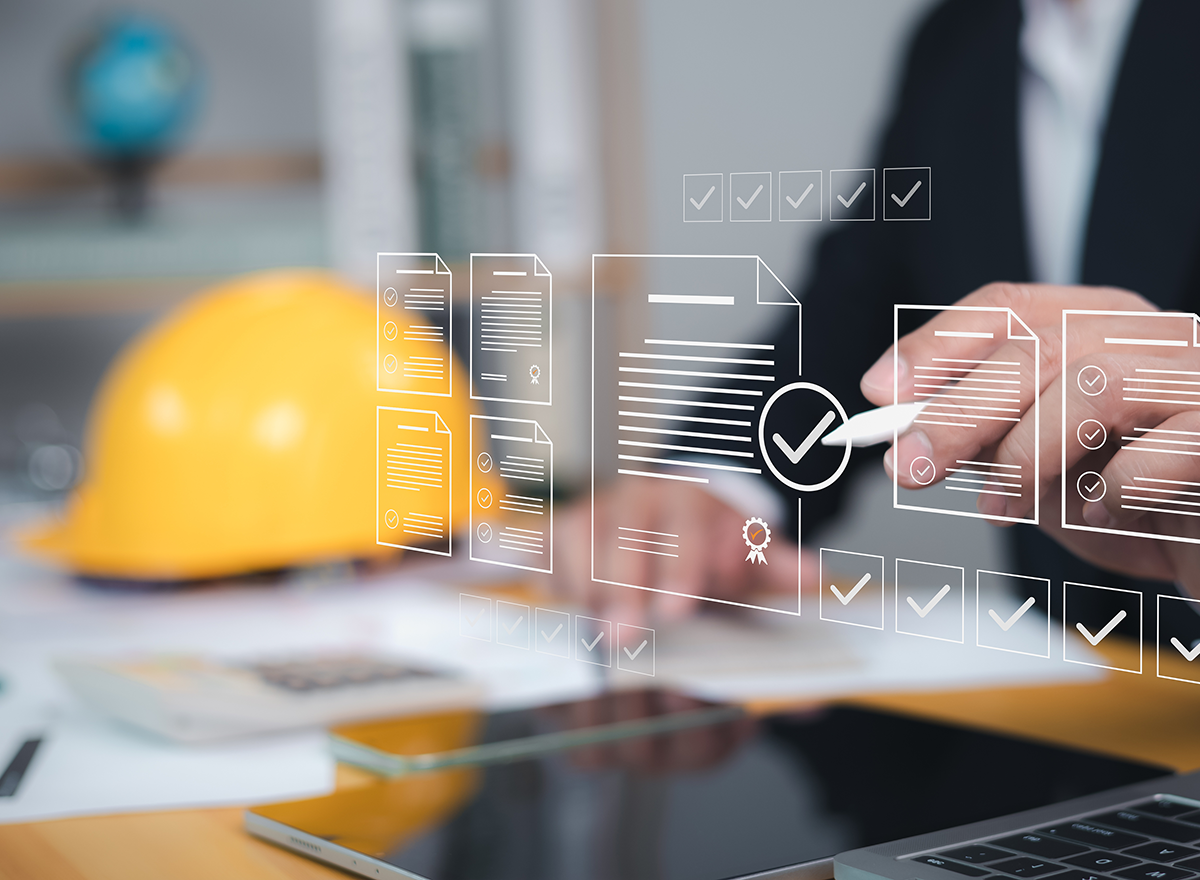
Keeping an eye on technical systems
Automate the capture and analysis of inspection and maintenance reports – gain greater transparency and efficiency in managing technical systems with the power of Large Language Models.

Rethinking maintenance and inspection management
In technical property management, a significant administrative burden arises from manually reviewing and evaluating numerous maintenance and inspection reports to minimize operational and safety risks.
We leverage Large Language Models to automatically identify these reports, extract relevant information, and structure them in a technicall asset register. This gives you a centralized overview of your technical systems, completed inspections, maintenance tasks, and deadlines for rectifying deficiencies – for greater transparency, safety, and efficiency.
Step by step to a complete technical asset overview
The real estate industry is highly regulated, and documentation is primarily paper-based. A building with two elevators generates 12 documents per year through maintenance and inspections. For a portfolio of 100 properties, that amounts to around 1,200 documents for elevator maintenance alone. Manually reviewing and processing them on time is extremely time-consuming and poses safety risks with legal and insurance implications, up to and including operational shutdown.
Our solution converts PDF documents – regardless of layout or structure – into text, extracts relevant information, and enriches them with additional data. Unlike traditional OCR systems, it also processes handwritten reports, handling the full variety of maintenance and inspection documentation. The goal: to automatically and systematically create asset registers, maintenance and inspection overviews, and deficiency lists. This ensures reliable, structured data and valuable insights for your technical facility management.
In the techREview portal, you can easily upload your maintenance and inspection reports via drag & drop. If desired, we can integrate an interface with your existing systems, such as ERP or DMS. An AI-based classification automatically detects the report type – whether maintenance or inspection – and assigns the documents to the corresponding properties and technical systems.
Alternatively, processing can be carried out directly through our SmartInvoice invoice management tool combined with our classification model. Reports and protocols are automatically extracted from invoices and stored in the system – creating efficient synergies between maintenance documentation and invoice processing.

After upload, your maintenance and inspection reports are intelligently analyzed and automatically assigned to the relevant properties and technical systems in the platform. If the system detects new assets, they are automatically created and populated with all available master data – keeping your asset information up to date and complete at all times.

Our commitment to near-100% accuracy is ensured by an innovative hybrid system. We combine advanced machine learning models with the expertise of our data specialists using a proven “Human-in-the-Loop” methodology. This allows for thorough review of outputs, ensuring even the smallest discrepancies are reliably detected and corrected – guaranteeing the highest quality standards.

Based on the assigned data, a technical asset register is created for each property. This includes all system-specific information such as type, manufacturer, inspection intervals, maintenance history, and open deficiencies. The structured representation simplifies management, improves traceability, and ensures complete transparency on the technical condition of your assets.

Based on the captured data, you get an overview of all completed maintenance and inspections. Quickly identify gaps so you can respond in time to any missed or overdue tasks.

A structured summary of all maintenance and inspection results – including deadlines for remediation or re-inspection – is created from the captured data. These details can be transferred directly to your customer systems down to the individual deficiency level, enabling further automation of workflows.


